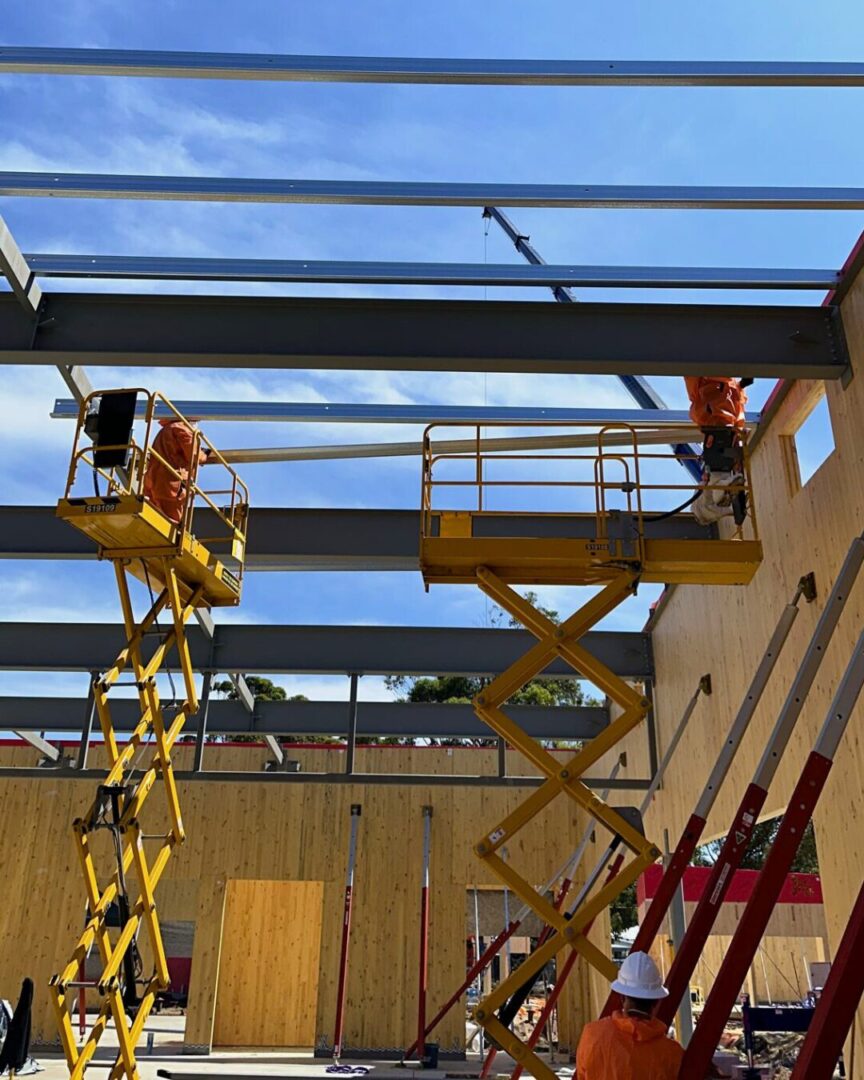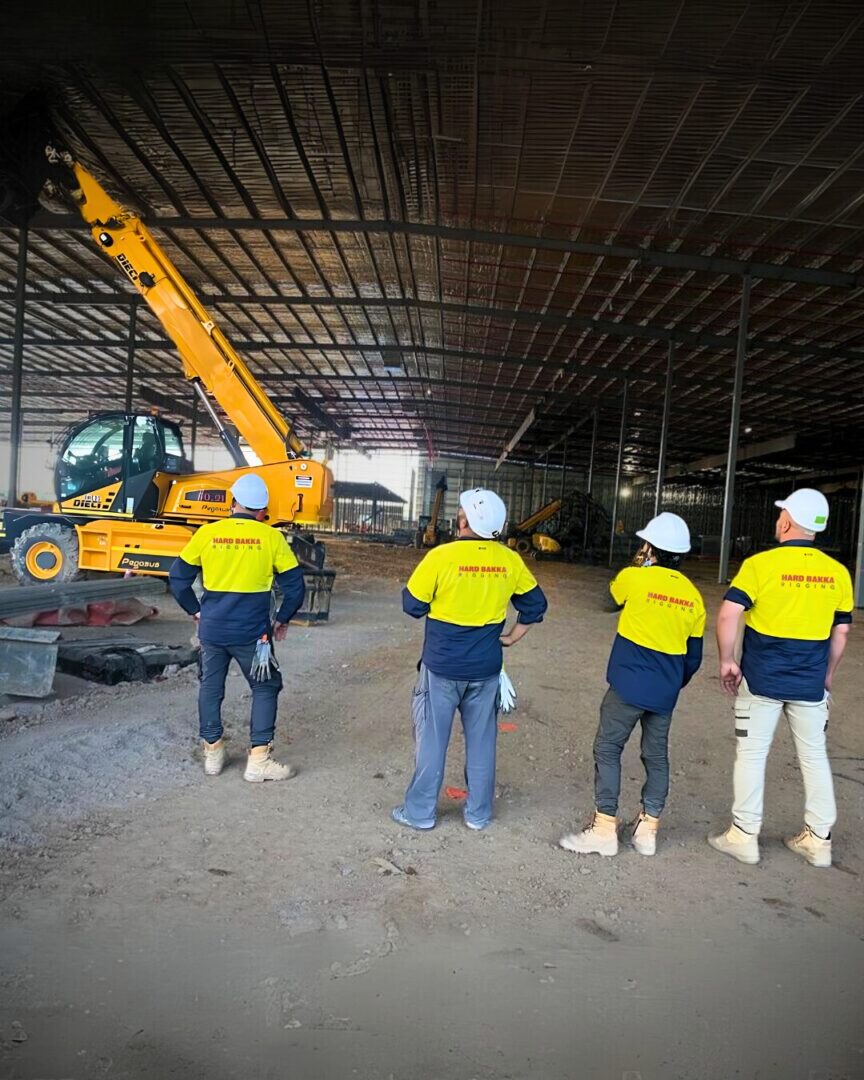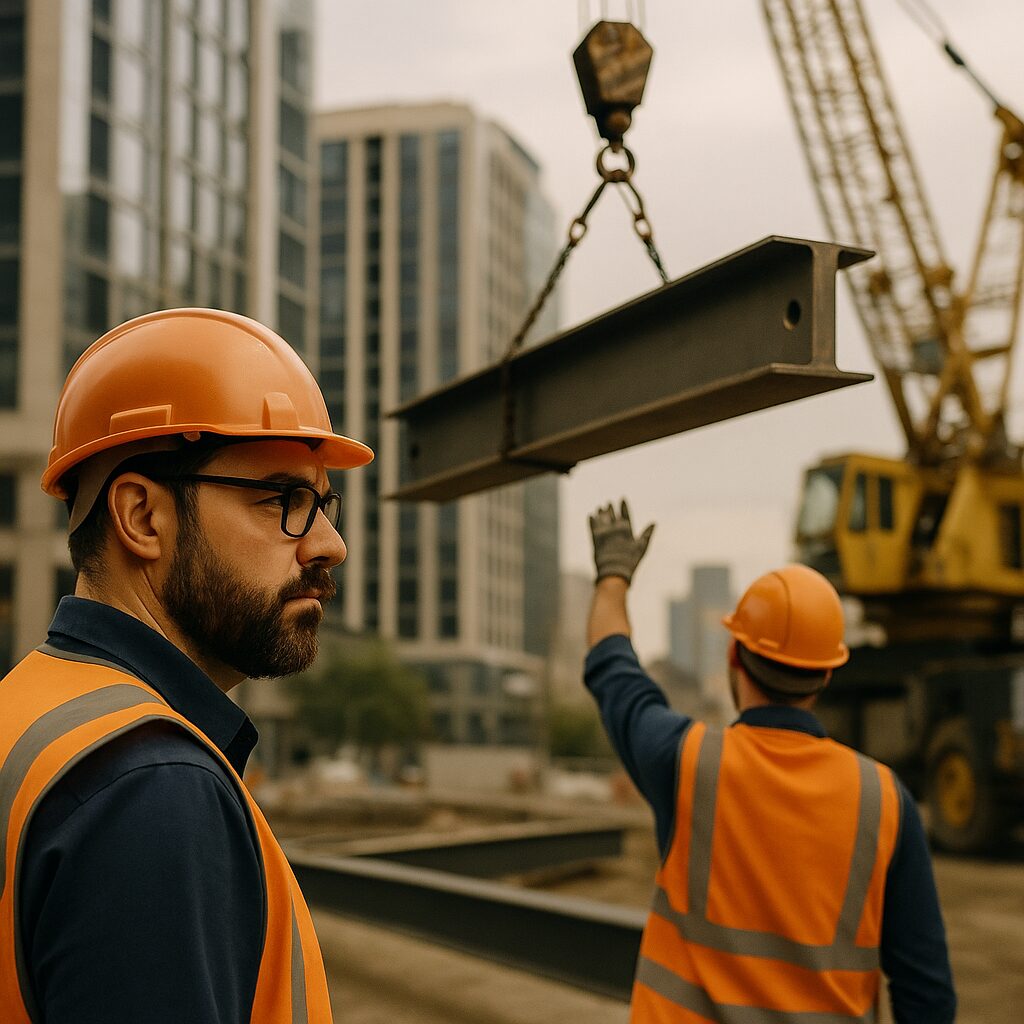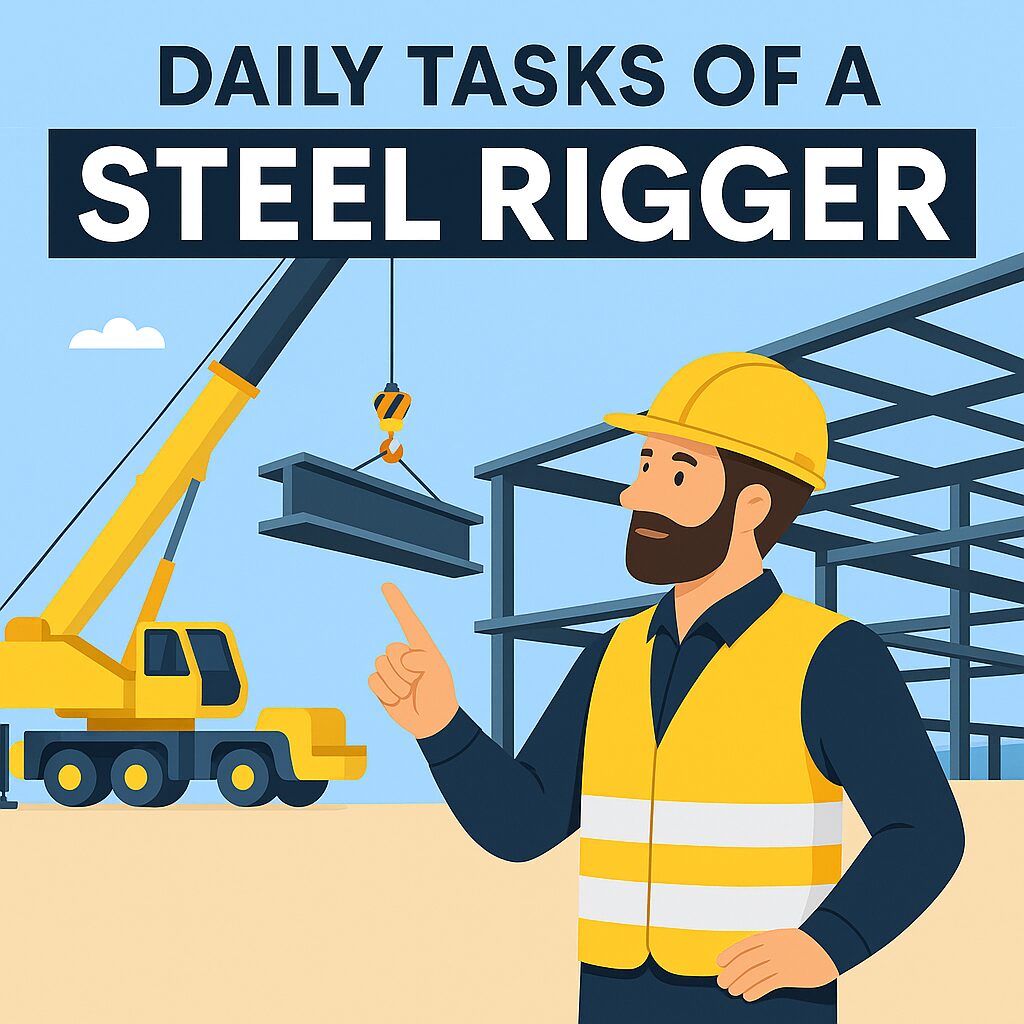Rigging Crew: Key Roles, Safety Protocols, and Their Importance in Industrial Projects
Introduction
A rigging crew plays a vital role in ensuring the safe and efficient movement of heavy materials on construction and industrial sites. Their precision, training, and coordination help prevent delays, reduce risk, and ensure each lift is performed to the highest safety standards.
Why Skilled Rigging Crews Matter
Hiring experienced rigging professionals guarantees that complex lifting operations are carried out with efficiency and safety in mind. From lifting industrial machinery to managing site-specific challenges, a qualified crew can make or break a project’s success.
Benefits of Skilled Rigging Crews:
- Risk Reduction: Reduces the chance of equipment failure and accidents.
- Efficiency: Ensures operations run smoothly, avoiding costly delays.
- Compliance: Adheres to workplace health and safety standards, such as SafeWork NSW.
Who Makes Up a Rigging Crew?
Each member of a rigging crew has a specialised role that supports the success of lifting operations.
- Riggers: Prepare and inspect rigging gear such as slings, hooks, and shackles. They secure loads and ensure everything complies with safety regulations.
- Crane Operators: Operate cranes to move heavy items with precision. They rely on riggers and signalers to guide each move accurately.
- Signalers: Also known as signal persons, they use hand signals and radios to communicate with crane operators. Their instructions ensure lifts are completed safely and without miscommunication.
- Spotters: Monitor the area around the lift for hazards. They act as the eyes on the ground to ensure clear paths and prevent accidents.
.
Certifications and Training
Rigging work is high-risk and requires proper qualifications:
- Riggers: Should complete nationally recognised training and hold certifications for rigging and dogging.
- Crane Operators: Need relevant licences for the types of cranes they operate.
- Ongoing Training: Teams should stay updated on the latest safety procedures, technology, and equipment.
Planning and Executing Lifting Operations
Site Planning and Risk Assessment
Before any lift, rigging crews conduct a thorough site inspection. They look for:
- Uneven terrain
- Overhead powerlines
- Obstructions
- Load-bearing capacity of the ground
This information helps them develop a safe lift plan.
Equipment Setup
Crews select and inspect lifting gear to ensure it’s appropriate and in top condition. Load weights, angles, and centre of gravity are all considered before lifting begins.
Coordinated Lifts
Once the plan is approved, the crew executes the lift with precision. Constant communication, careful timing, and teamwork ensure that the lift runs smoothly from start to finish.
Safety Protocols and Communication
Protective Equipment
All members wear PPE including:
- Hard hats
- Gloves
- Steel-toe boots
- Harnesses when needed
Compliance and Procedures
Every lift follows established procedures and complies with relevant local safety standards such as SafeWork NSW in Australia.
Communication Methods
Crews rely on:
- Hand Signals: Standardised across the industry.
- Two-Way Radios: Clear, real-time instructions during lifts.
Strong communication prevents misunderstandings and keeps every team member on the same page.
Why Communication is Key
Miscommunication can lead to accidents, injuries, or equipment damage. Effective communication:
- Minimises risks
- Improves coordination
- Supports faster, safer project completion
.
Frequently Asked Questions (FAQs)
Q1: What is a rigging crew?
A rigging crew is a team of trained professionals responsible for lifting, moving, and securing heavy materials in construction and industrial environments.
Q2: What are the main roles in a rigging crew?
Riggers, crane operators, signalers, and spotters. Each member has a clearly defined role to ensure safe, coordinated lifts.
Q3: What certifications do they need?
Riggers and crane operators require licences and safety certifications, such as those governed by SafeWork NSW. Ongoing training is essential.
Q4: How does a rigging crew ensure safety?
By conducting risk assessments, using PPE, following safety standards, and maintaining constant communication.
Q5: Why not use untrained personnel for rigging?
DIY rigging or using unqualified workers increases the risk of injury, damage, and project delays.
Q6: What are the benefits of hiring professionals?
You gain experienced personnel who know how to plan, execute, and adapt complex lifting operations with minimal risk.
Q7: How can Hard Bakka Rigging help?
We provide certified rigging services for industrial projects across New South Wales. From planning to execution, our team ensures your lift is done safely, efficiently, and in compliance with regulations.
Final Thought
A professional rigging crew is critical to the success of industrial lifting projects. Their experience, qualifications, and teamwork ensure operations are not only efficient but also meet the highest safety standards.
Need expert riggers in Sydney?
Hard Bakka Rigging is here to help. Whether it’s crane hire, steel erection, or complex rigging, our team is ready to get the job done right.🔗 Visit Our Website
📩 Contact us for a free quote today..au



